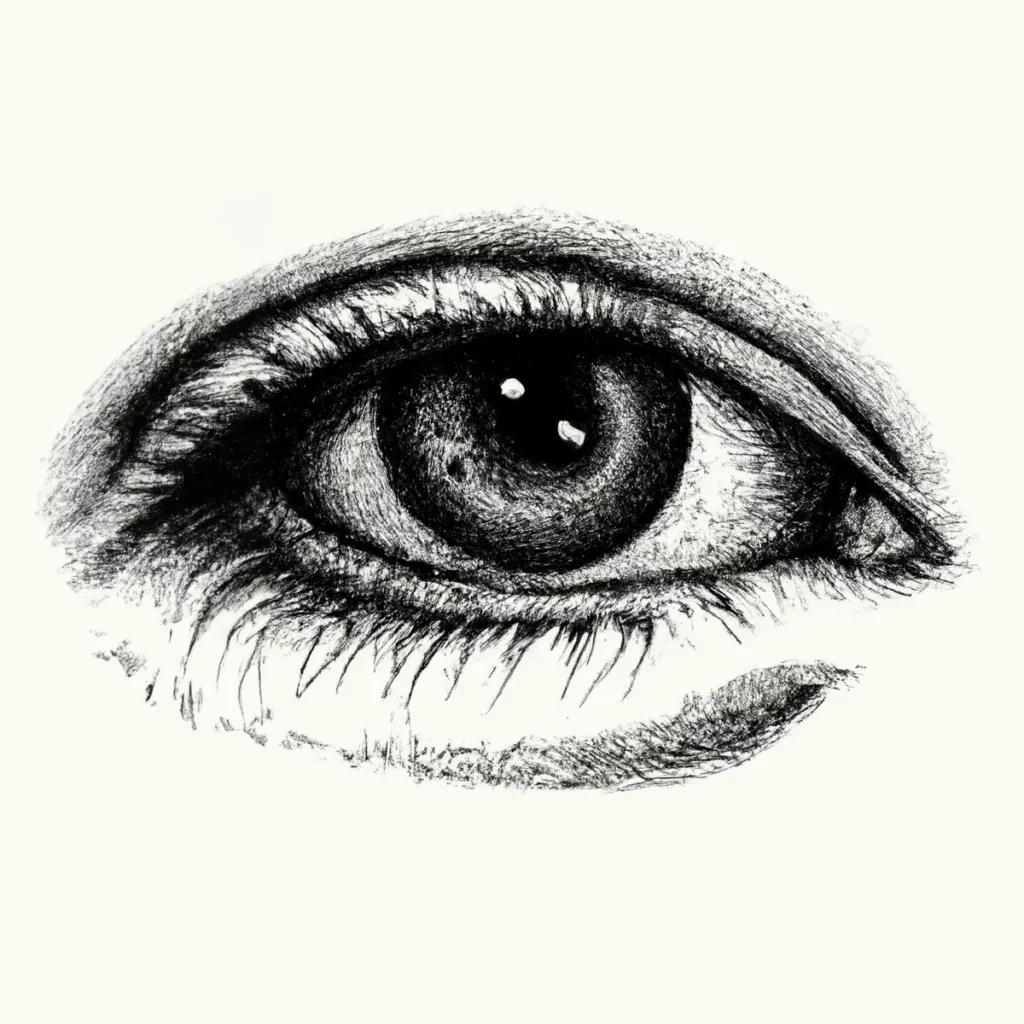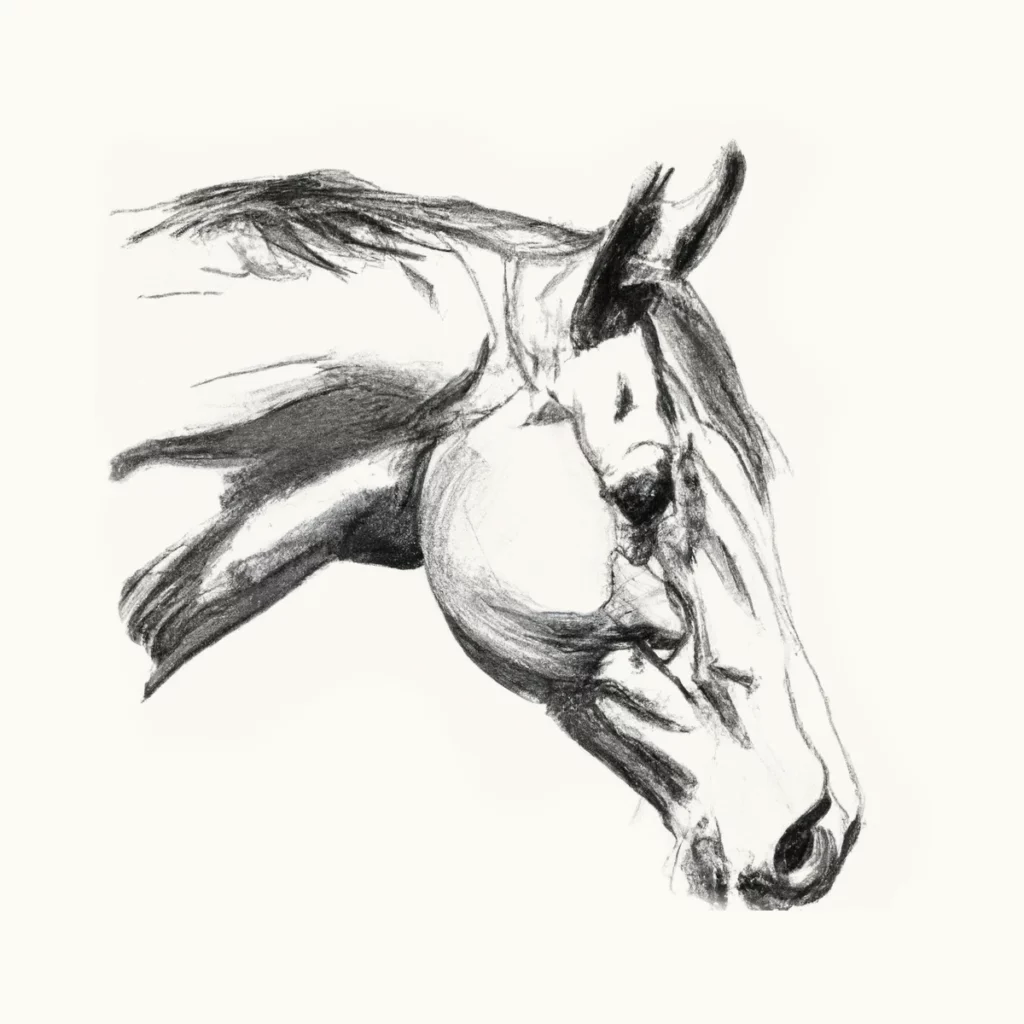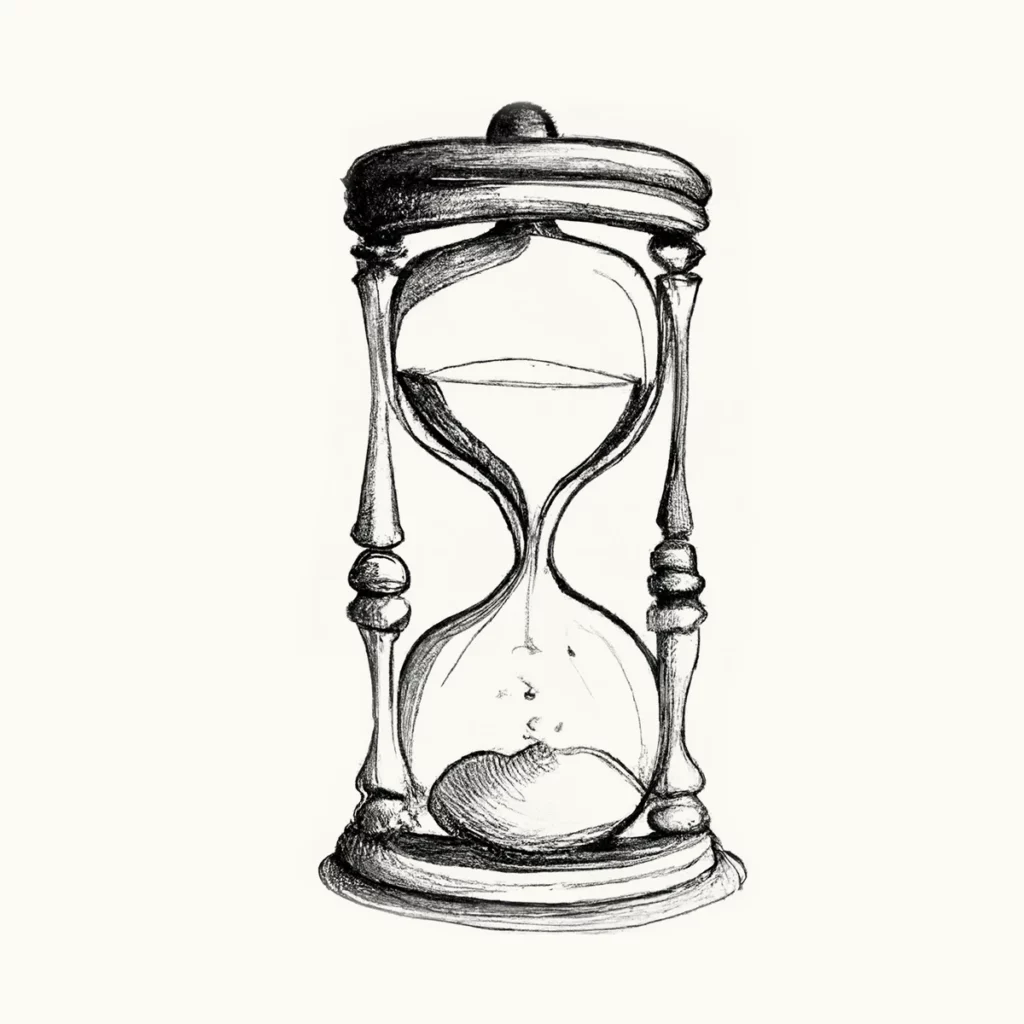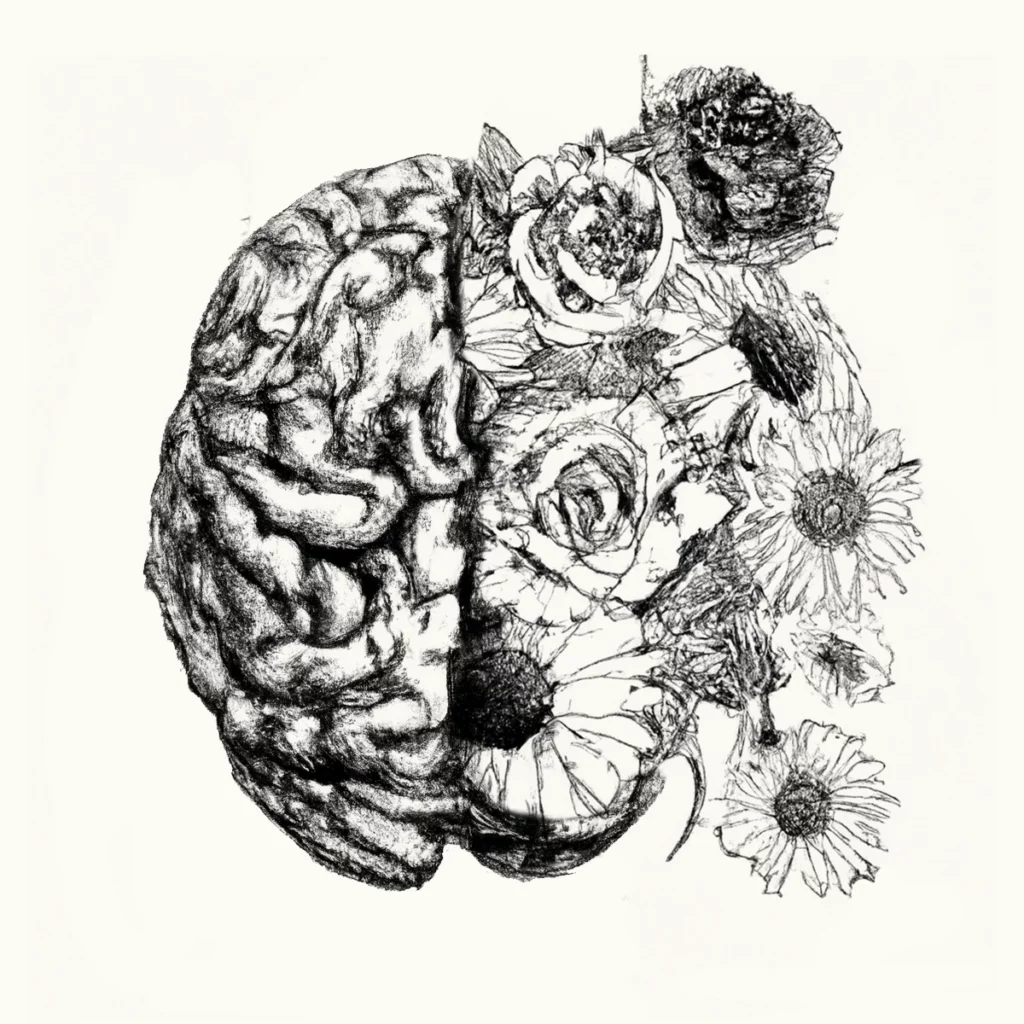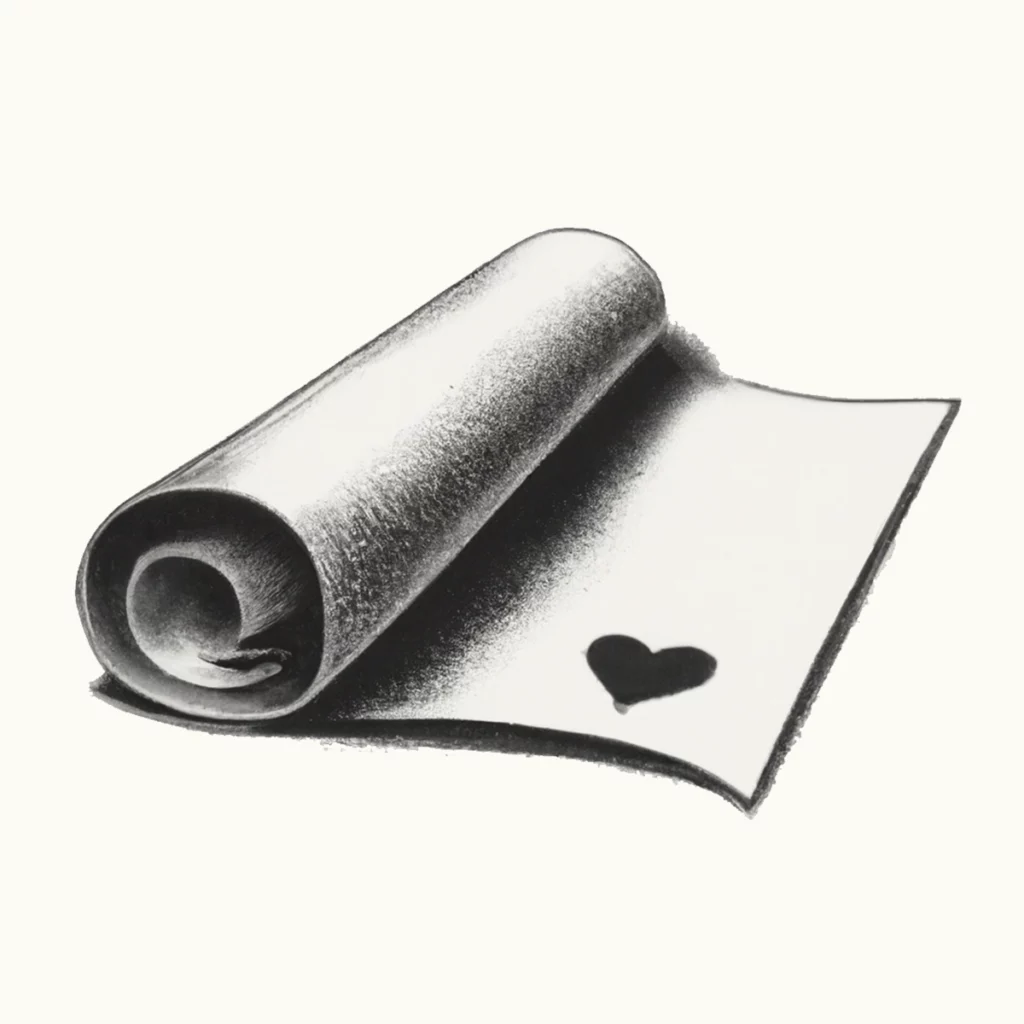MODALITIES
EMDR Therapy
The past can be tricky. It can create what our clients are going through now, even if there is not a conscious awareness of it. Our unhealed past can create fear, sadness, anxiety, depression, PTSD; you name it. Even if our clients do not think that the past influences them, the past is still present and can contribute to symptoms of anxiety, depression, PTSD, and a myriad of other symptoms.
When disturbing life experiences and traumas are “stuck” and frozen in time, there can even be a sense of hopelessness that “it will never get better” despite the healing work they have already done. Unhealed traumas and disturbing life events will wreak havoc on their lives and impact their ability to feel successful in therapy years later, even with our best efforts.
Equine-Assisted EMDR
I premiered the EquiLateral: The Equine-Assisted EMDR (EA-EMDR) Protocol™ and EA-EMDR training (approved for 15 EMDR International Association Credits) in 2011. Equine-Assisted EMDR is an animal-assisted approach to EMDR therapy.Structural Dissociation Theory
Whether a seasoned EMDR therapist or one who is recently trained, we all know that clients with complex trauma don’t necessarily “fit the mold.” Maybe we become unsure as to why our use of standard EMDR protocol doesn’t seem to be “enough.” Perhaps we find ourselves feeling “stuck” with challenging cases, baffled by why a client destabilizes. It can be challenging when the traumatic material does not move as we learned it “should.”Deep Brain Reorienting
Clients may have unhealed shock and horror that can also impact their ability to fully process what has and hasn’t happened for them. Many have found that they still have a deeper sense of unhealed aloneness pain that can be challenging to treat. Such attachment-related shock can be elusive and unidentified in treatment but still create distress.Yoga
Don’t worry, it’s not just the poses. You don’t have to be flexible.
Yoga is in fact way more just than the physical shapes that we may think of. Yoga is a mind, spirit, and body practice and can be a “home base” when needing additional grounding in between therapy sessions, or even as part of the work.
